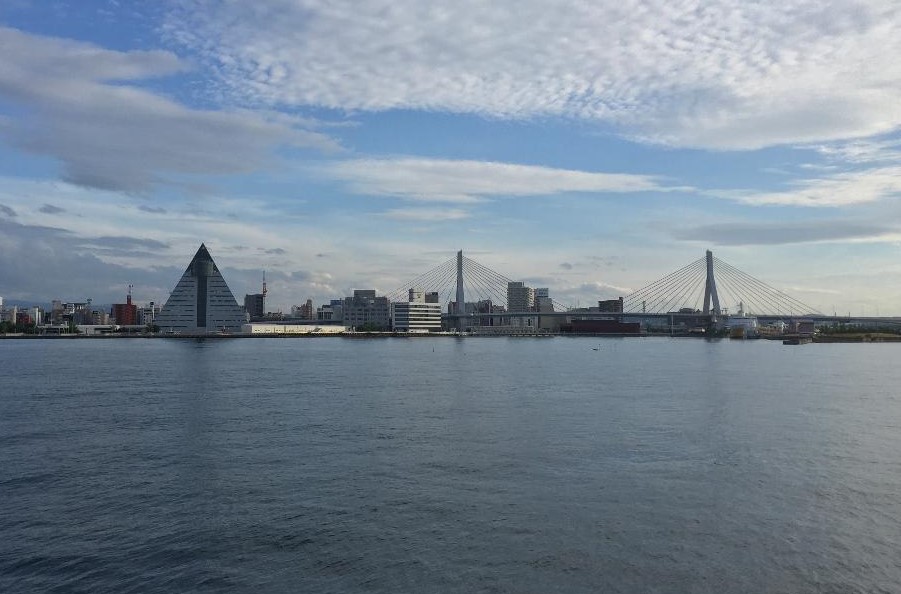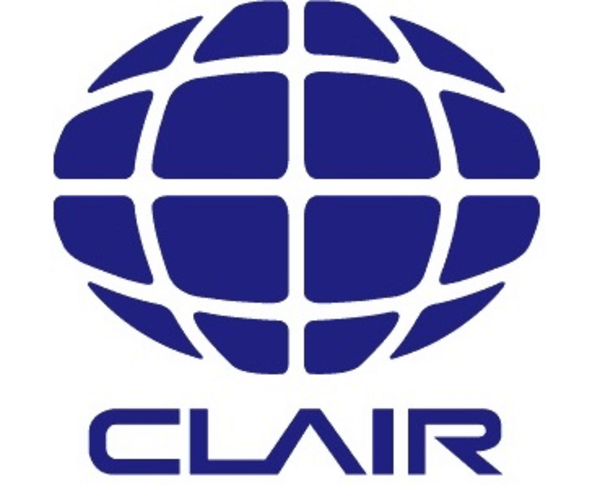
City
Aomori Prefecture
Main actors
Regional Government
Project area
Whole City/Administrative Region
Duration
Ongoing since 2006
Treating bridges as social capital
The Bridge Asset Management System is a total management system that involves treating roads as assets; objectively assessing and evaluating the condition of the structures on the road; predicting the mid-to-long-term condition of those assets; and deciding the best time, method, and place to carry out counter-measures under budgetary constraints.
- Maintain a robust road network to ensure that the citizens of the prefecture live safely and securely
- Move from corrective maintenance to preventative maintenance through on-going prevention and maintenance measures
- Implement reductions in bridge maintenance and renovation costs
- Transfer this methodology of maintaining social capital to other areas in Japan
- predictions of deterioration (from data gathered from periodic inspections)
- life cycle cost calculations,
- budget simulations
- mid-long-term budget plans
- medium-term project plans.
The lead agency for the project is the Department of Land and Infrastructure/Roads Division/Bridge and Asset Promotion Group at the Aomori Prefectural Government.
Since 2006, the results of this project have seen an improvement in the management of bridge maintenance and stabilisation of maintenance management costs. In addition, the Total Management System has enabled a shift from corrective maintenance management to preventative maintenance management.
- on-going training for staff
- periodic revisions and updates to manuals and documentation
- a separate project was set up to raised funds to IT development and to familiarise users with the IT system
The Bridge Asset Management System is a successful method for bridge maintenance, and the Aomori Prefectural Government is pro-actively sharing their knowledge and data with other municipalities in Japan and other cities around the world.
On Map
The Map will be displayed after accepting cookie policy
